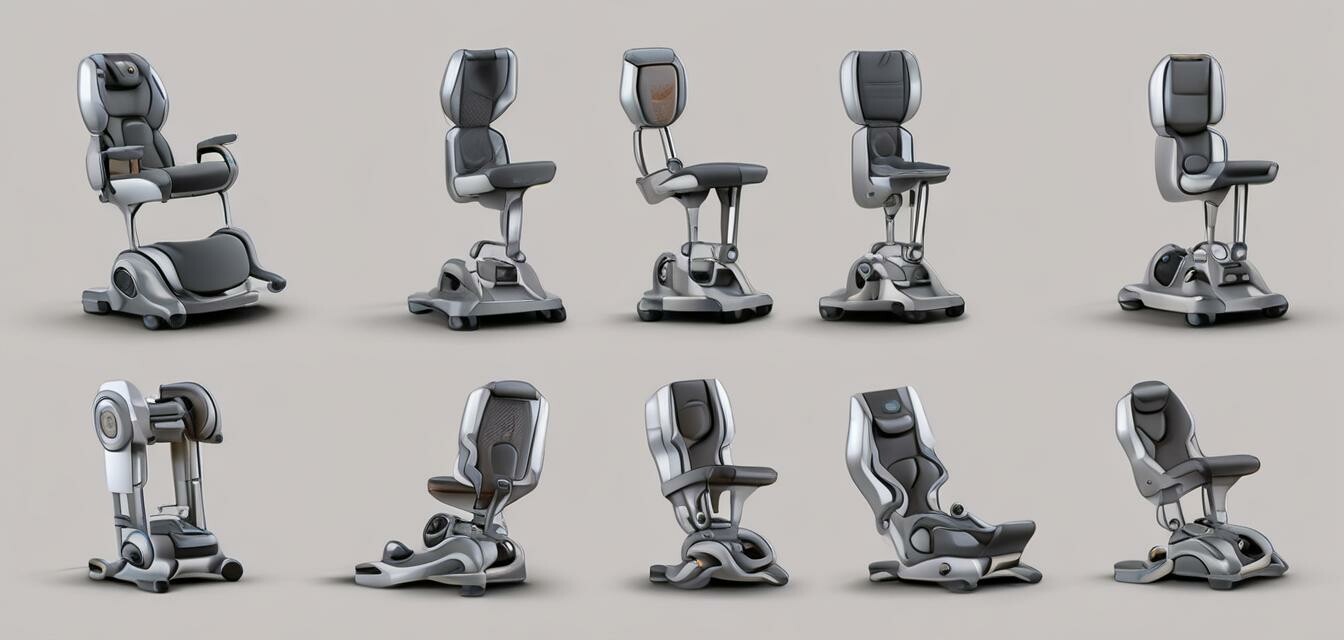
Understanding Different Massage Modes of Knee Massagers
Key Takeaways
- Knee massagers offer various massage modes designed to target specific issues such as pain and circulation.
- Common modes include kneading, compression, heat therapy, vibration, and shiatsu.
- Choosing the right massage mode can enhance the effectiveness of pain management and recovery.
- Understanding the function of each mode allows for better personalization of treatment.
- Regular use of knee massagers may improve overall knee health and well-being.
Knee massagers have gained popularity in recent years as valuable tools for managing knee pain and enhancing overall circulation. Understanding their different massage modes can ensure you get the best results from your device. This article explores the various massage modes available in knee massagers and how they can be advantageous for different needs.
Types of massage modes in knee massagers
Before diving into the specific modes, it’s essential to recognize that each massage type serves a unique purpose. Here’s a breakdown of the popular modes available:
| Massage Mode | Description | Ideal For |
|---|---|---|
| Kneading | Simulates hand massage, pressing and rolling to relieve muscle tightness. | Chronic pain and muscle tension |
| Compression | Applies pressure to the knee, mimicking a hugging effect. | Pain relief and improved circulation |
| Heat Therapy | Uses warmth to soothe and relax muscles. | Stiffness and inflammation |
| Vibration | Delivers gentle vibrations to stimulate blood flow. | Promoting circulation and relaxation |
| Shiatsu | Traditional Japanese massage focusing on pressure points. | Tightness and stress relief |
Kneading mode
This mode is designed to mimic skilled hands performing a deep tissue massage. It helps break down muscle knots, providing relief from chronic pain, and can be incredibly soothing. Many users find that kneading helps alleviate muscle soreness after physical activity.
Compression mode
Compression is particularly beneficial for individuals dealing with swelling or fluid retention in the knee area. This mode applies pressure that mimics a gentle squeeze, helping enhance blood circulation, reduce swelling, and provide a sense of comfort.
Heat therapy mode
Heat therapy can be particularly effective for those experiencing stiffness in the knees. By relaxing muscles and alleviating tension, this mode can help improve flexibility and range of motion. Warming up the knee before a workout can also prepare the joint for activity.
Vibration mode
Employing gentle vibrations can stimulate the surrounding tissue, encouraging better blood flow and instilling a sense of relaxation. Many athletes prefer this mode after workouts to help ease muscle soreness and enhance recovery.
Shiatsu mode
Shiatsu is all about targeted pressure on specific points around the knee, mimicking the traditional Japanese massage technique. This mode is excellent for providing deep relaxation and relief from stress, beneficial for those feeling tense or fatigued.
Choosing the right mode for your needs
Since each massage mode offers distinct benefits, it’s crucial to choose one that caters to your specific issues. Here’s a handy guide to help you make an informed choice:
| Your Need | Recommended Massage Mode |
|---|---|
| Chronic knee pain | Kneading or shiatsu |
| Swelling or fluid retention | Compression |
| Stiffness or soreness | Heat therapy |
| Improving circulation | Vibration or compression |
| Stress relief | Shiatsu or kneading |
Combining modes for optimal results
For those looking to maximize the benefits of their knee massager, utilizing multiple modes sequentially can enhance the overall experience. For instance, starting with heat therapy can relax the muscles, followed by kneading for deeper relief. This combination can result in a more comprehensive treatment.
Tips for using knee massagers effectively
Beginner's Section
- Start with lower intensity settings to gauge your comfort levels.
- Use the massager for 15-20 minutes at a time for effective relief without overdoing it.
- Ensure proper positioning of the device for targeted results.
- Incorporate stretching exercises before and after massaging for enhanced flexibility.
- Consult a healthcare professional if you have existing health conditions to determine the suitability of using a knee massager.
Conclusion
Understanding different massage modes in knee massagers is essential for addressing specific needs effectively. Whether you are seeking pain relief, improved circulation, or relaxation, knowing which mode to choose can significantly enhance your experience. Regular use of knee massagers, combined with thoughtful application of their features, can lead to better overall knee health.
Pros
- Many massage modes available to suit individual needs.
- Easy-to-use and convenient for at-home therapy.
- Increases blood flow and may promote recovery.
- Reduces the need for frequent physical therapy visits.
- Customizable settings enhance user experience.
Cons
- Some users may experience discomfort if using incorrectly.
- Results can vary based on individual conditions.
- Initial costs may be high for quality devices.
For more insights on using knee massagers effectively, explore our Tips and Techniques section. If you’re interested in pain relief devices, check out our Pain Relief Devices category. Stay up-to-date with the latest in the wellness industry by visiting our News and Trends page. For comprehensive buying guides, make sure to explore our Buying Guides.

